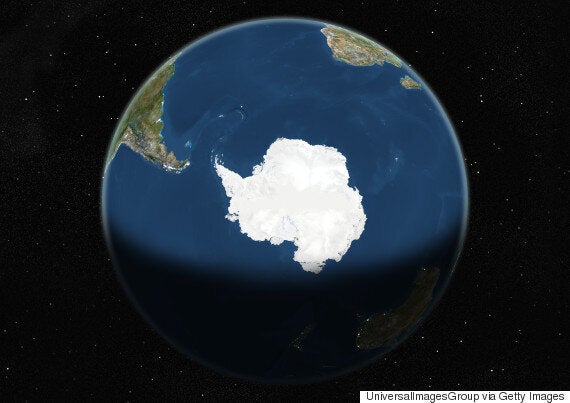A NASA study has revealed that despite everything, Antarctica is currently producing more ice than it is losing.
The analysis is the result of studying years of satellite data and shows, according to NASA, that the Antarctic ice accumulation is part of a longer growth period that started around 10,000 years ago.

“We’re essentially in agreement with other studies that show an increase in ice discharge in the Antarctic Peninsula and the Thwaites and Pine Island region of West Antarctica,” said Jay Zwally, a glaciologist with NASA Goddard Space Flight Center.
There's discord among the wider community though as scientists disagree with the accuracy of the data.
For starters theres the fact that some believe using satellite data is like trying to pin a tail on a donkey - while you'll reach the target in the end there's going to be some inconsistency with how you do it.
Ted Scambos, lead scientist at the National Snow & Ice Data Center in Colorado is one such sceptic who explained to National Geographic that NASA's findings unfortunately argue with the large majority of data that has been collected thus far.
SEE ALSO:
Erin Pettit glaciology professor at the University of Alaska is also doubtful, suggesting that satellite data should be taken with a "heavy load of salt".
There's more bad news, even Zwally accepts that at its current rate, that growth will eventually be overtaken by the sheer amount of ice that is still disappearing into the sea.

“If the losses of the Antarctic Peninsula and parts of West Antarctica continue to increase at the same rate they’ve been increasing for the last two decades, the losses will catch up with the long-term gain in East Antarctica in 20 or 30 years -- I don’t think there will be enough snowfall increase to offset these losses.”
So is Antarctica recovering? Yes, but it's on a downward slope and if more isn't learnt about how Antarctica's losses are being absorbed by the wider environment then the bad news could be expected to get worse.